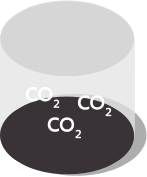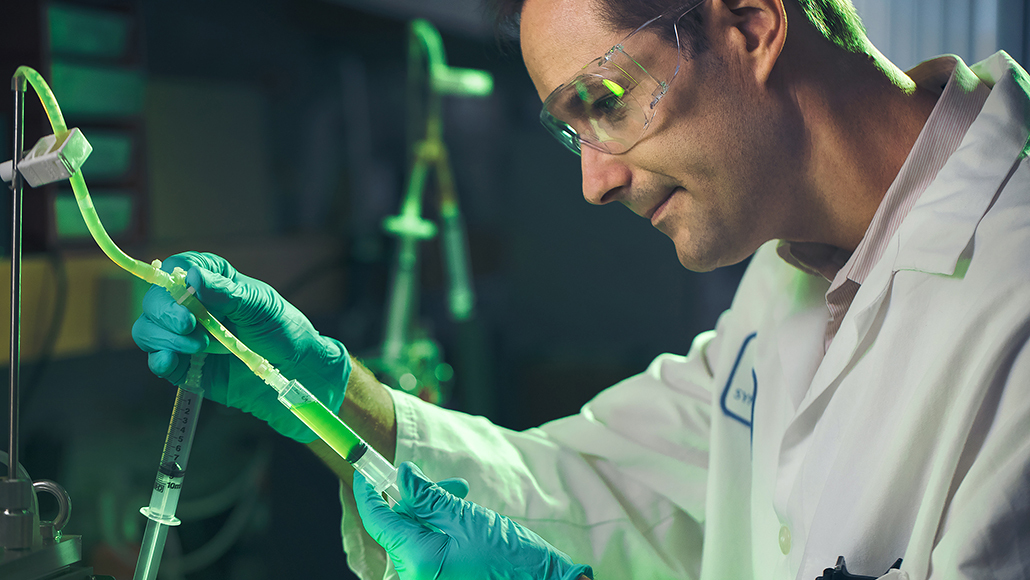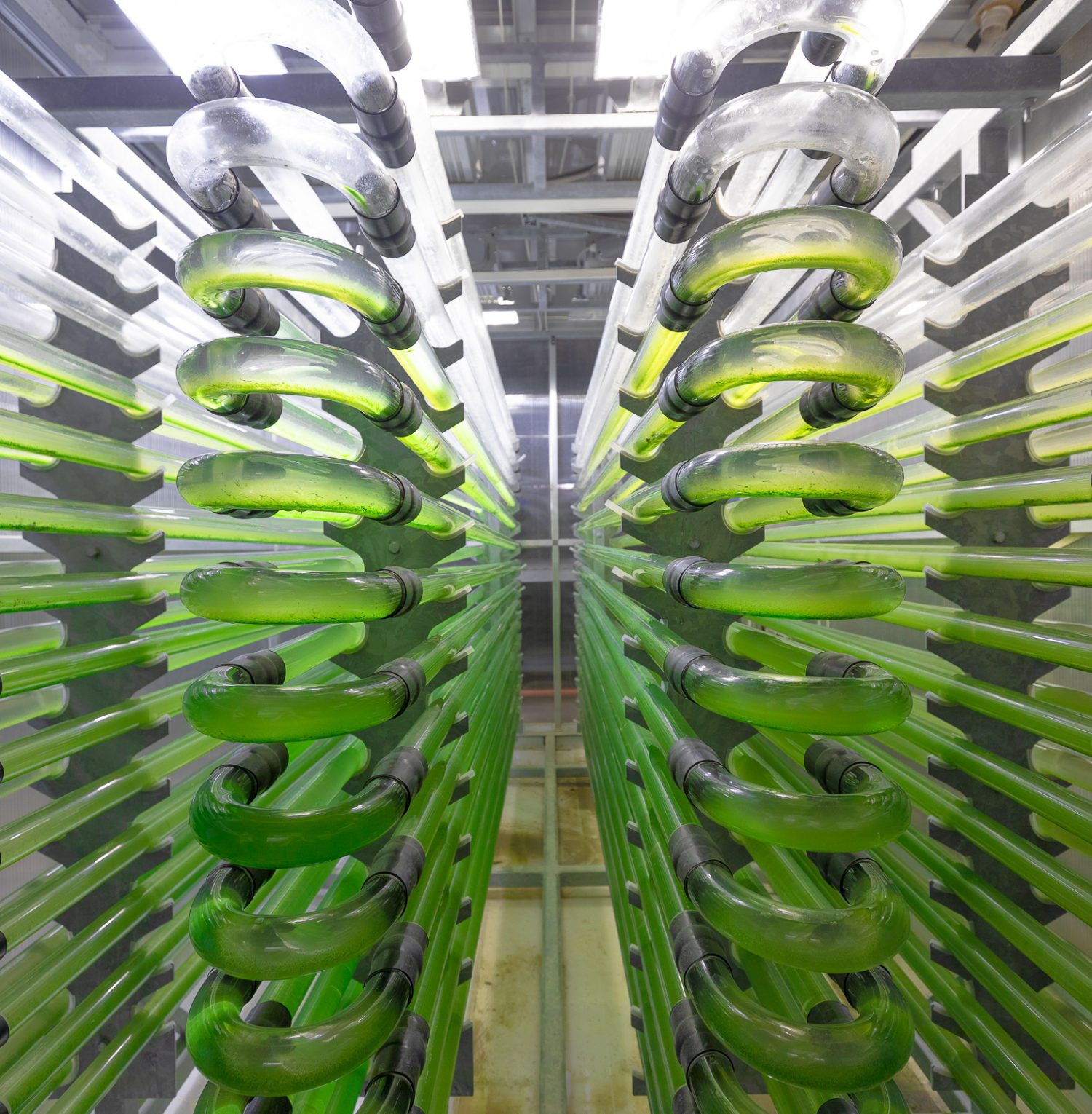Rooted in science, innovation at ExxonMobil is sparked by thousands of engineers and scientists – including 2,500 PhDs – working to scale promising ideas into viable, industrial-grade products.
That dedication influences the entire business, from catalysts that help make refineries more energy efficient to longer-term research that scales up low-emission technologies.
The research isn’t siloed in company labs. It’s fuelled by collaborations with universities, government labs and other outside organisations all working together to solve some of the world’s biggest energy challenges.
Scroll down to read more about some of the collaborations and breakthrough research ExxonMobil is involved in.
To learn more about ExxonMobil’s innovations, explore our many innovative partnerships.




















Since 2000 ExxonMobil has invested more than $10B in lower-emission technologies. The research involves a global community of scientists and engineers working together to develop tomorrow’s energy solutions.






BOULDER, CO
Working with Synthetic Genomics, ExxonMobil is undertaking fundamental research, with the goal of turning algae into low carbon renewable diesel that could power planes, trucks and boats.

ExxonMobil is involved with the National Renewable Energy Laboratory and some of America’s other national labs in a decade-long research collaboration to develop energy solutions that will help mitigate the risks of climate change.

Student researchers at the University of Texas Energy Institute are working on a range of projects, including researching carbon capture and storage and building advanced models to assess the impact of renewables on the U.S. power grid.

The Houston campus hosts the company’s premier research and physical science facility. Known simply as the “The Laboratory,” it is home to industry-leading technologies to support exploration, development and production.

The Clinton lab houses 92 pilot plants dedicated to energy innovation. The work from Clinton impacts the entire company and includes longer-term initiatives like the development of next-generation biofuels.

At the European Technology Center, researchers scrutinize the physical properties, chemical composition and molecular structure of next-generation catalysts and materials to provide enhanced and sustainable solutions for packaging and automotive applications.

At the University of Genoa in Italy, ExxonMobil scientists have teamed up with a leading electro-chemistry modeling lab to better understand the critical process of carbon capture and storage. At scale, this technology could help significantly curb global emissions.

Researchers at the Singapore Energy Center are developing novel processes and materials that could help reduce CO2 emissions from power and industrial sources.

Test, reiterate, improve. That’s what scientists and engineers at the Shanghai Technology Center do to upgrade the polymers, lubricants and other advanced products underpinning modern life.





